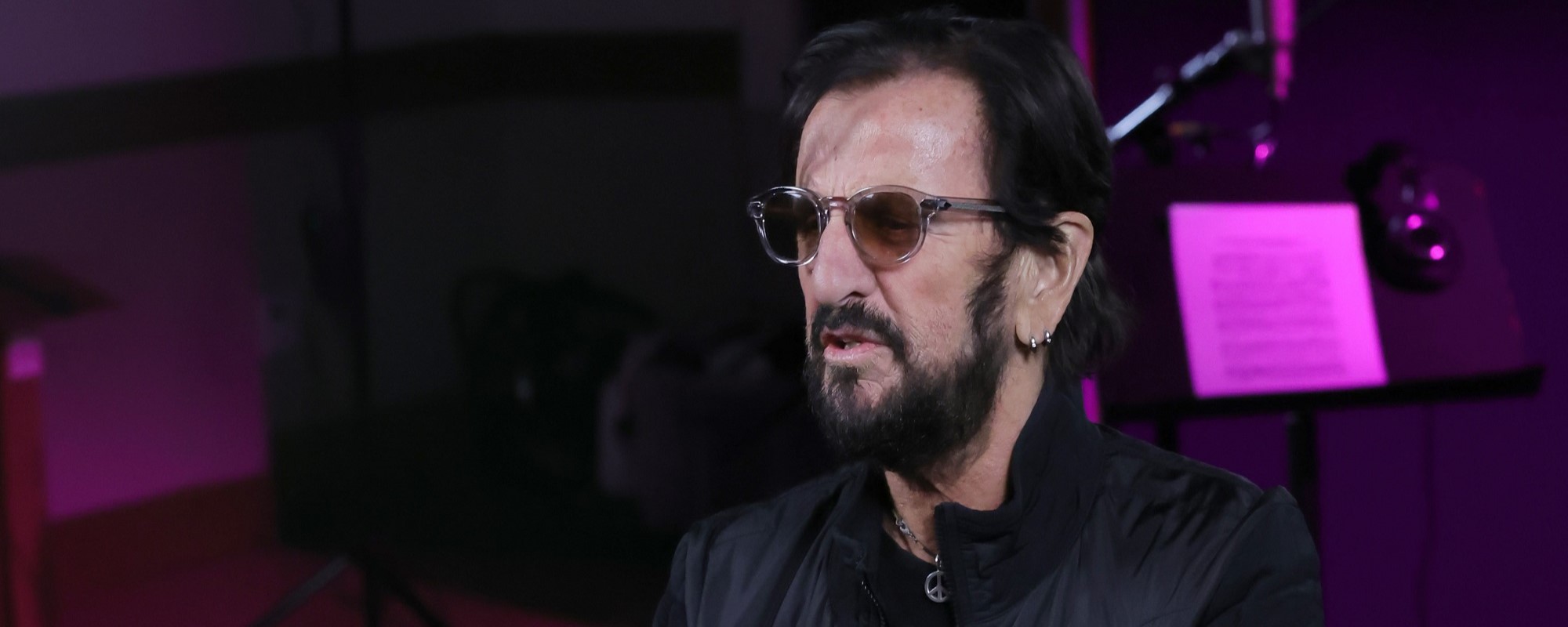Ali Lacey, aka Novo Amor, has found some novel ways to bring his fans together during the global pandemic. They involve cross-stitching patterns and a digital world map of memories. “I was meant to be touring a lot last year,” the Welsh musician tells American Songwriter. “I was meant to be meeting people face to face and playing shows with people. I miss that. And I felt like a lot of other people miss that too.”
Videos by American Songwriter
As a way to connect with others while all apart and isolated, Lacey began to ask fans to share their favorite memories associated with his music. “Like an old memory from a show or something that the music means to them,” says Lacey. Each piece is linked to a map on his website so both he and his fans can see where in the world they are from and feel a little more joined together by their appreciation for the indie folk music that Lacey creates.
As for the cross-stitching patterns, available on the Novo Amor website, that was inspired by the cover of his new album, Cannot Be, Whatsover, which is an artwork embroidered by Dutch artist Tilleke Schwarz called Birdcage. The title of the album also comes from words contained within her intricate collage. “With the cross-stitching, it’s such a niche group of people who are going to actually be doing that, but we thought why not?” says Lacey.
Cannot Be, Whatsoever, is Lacey’s second album, following 2018’s Birthplace. Inspired by his love upstate New York where he worked as a music teacher, and a broken heart, that album introduced Lacey to the world as Novo Amor (“New Love” in Portuguese). His graceful falsetto and layered harmonies recalled the likes of Bon Iver, but Lacey’s own quirky sensibilities have set him apart.
He started working on a second Novo Amor album in August 2019, without any kind of urgency to have it ready by a certain time. But by February Lacey had already done a large part of it, so thought he’d ready it for touring by late 2020. “And then the pandemic obviously hit,” he says. “It kind of didn’t change much for me, because I was stuck in the studio anyway, just finishing the album.”
Having more time to work on it meant he sought more to understand why he was making the album in the first place. “I’d already released a bunch of music. And I was kind of saying to myself, ‘Well, what is next? Why am I making music? What am I trying to achieve?” He found himself both stepping away from making music but at the same time still trying to make it. “The questions caused the album to kind of circle around this idea of indecision,” he says. “Like I didn’t really know what I was making or why I was making it until about halfway through when everything kind of started to come together and be like, ‘Right, this is the record I want to make.’
For Cannot Be, Whatsoever, he continued working with Ed Tullett, who he’s been friends with since 2013, when Tullett crashed at Lacey’s place after they met through mutual music friends. “We just really get each other and are close friends,” says Lacey. “I’d say more than anything I’ve ever made, this record is more collaborative with him. We would specifically spend time together to make ideas that could turn into something like an album, whereas before, we didn’t really have an album in mind when writing stuff. Collaboration is a key part of growth. Otherwise, you start regurgitating your old ideas. And I felt like I was doing that a bit.”
The idea of bringing out the best in another and vice versa fed into the bigger questions Lacey had been asking himself about his music. “I don’t think it’s necessarily like, ‘Well, I’ve written a song, so I want to show people a song.’ It’s more about curating this kind of larger discography of pieces of music that I really want to share that I think are good and are a step forward. Rather than just, like, ‘I’ve written some songs, here they are, you have to hear these, because these are mine.’ It’s more about just working to make the best music that I think I can as a music producer,” he says.
A younger Lacey may not have been as willing to work with others as closely on this, he admits. He and Tullett released a collaborative album together in 2017 called Heiress, and Tullett is featured in the documentary Lacey premiered online ahead of the album’s release, Please Don’t Stand Up When Room Is In Motion. It takes fans behind the scenes of making Cannot Be, Whatsover, sharing details about Lacey’s process, including the guitar handmade by his dad that he plays.
The doc also explores some of the ideas behind Novo Amor’s lyrics and thoughts. “I feel like you need to be absent to eventually feel present again,” Lacey says on it. “There’s a quote, from Terry Pratchett,” he elaborates further with American Songwriter. “Why do you go away? So that you can come back. So that you can see the place you came from with new eyes and extra colors. And the people there see you differently, too. Coming back to where you started is not the same as never leaving. It’s basically like, that you need to go away and step away from something to then come home and see where you’ve been, and then see what you’ve been missing, for example.”
Lacey believes the same applies to music — that you need to step away from it, otherwise you get fatigued and then stifle yourself by repeating the same ideas over and over. “That’s kind of all it really means to be absent, and then again be present,” he says. “And that’s kind of how I felt before I started making the album because I had just finished a long tour of my first album and I was kind of worrying myself with the fact that I hadn’t made music in a while. Like, if you don’t use it, you lose it, kind of thing. I had the realization that I needed the time away, to come back and like making the music again.” It’s time that’s served both him and Novo Amor fans well.






Leave a Reply
Only members can comment. Become a member. Already a member? Log in.